Some cars were built to thrill. Others were built to haul, tow, or turn heads. And then there are these—the cars that do exactly one thing: get you where you’re going with the absolute minimum of excitement. No drama, no character, no reason to look back once you park.
This list isn’t about the worst cars ever made—it’s about the ones so forgettable, they barely registered even when new. Reliable? Usually. Efficient? Often. Memorable? Not even close. Here are 10 cars that defined the phrase “Point A to Point B” and never tried to be anything else.
2002 Toyota Camry – The Default Sedan
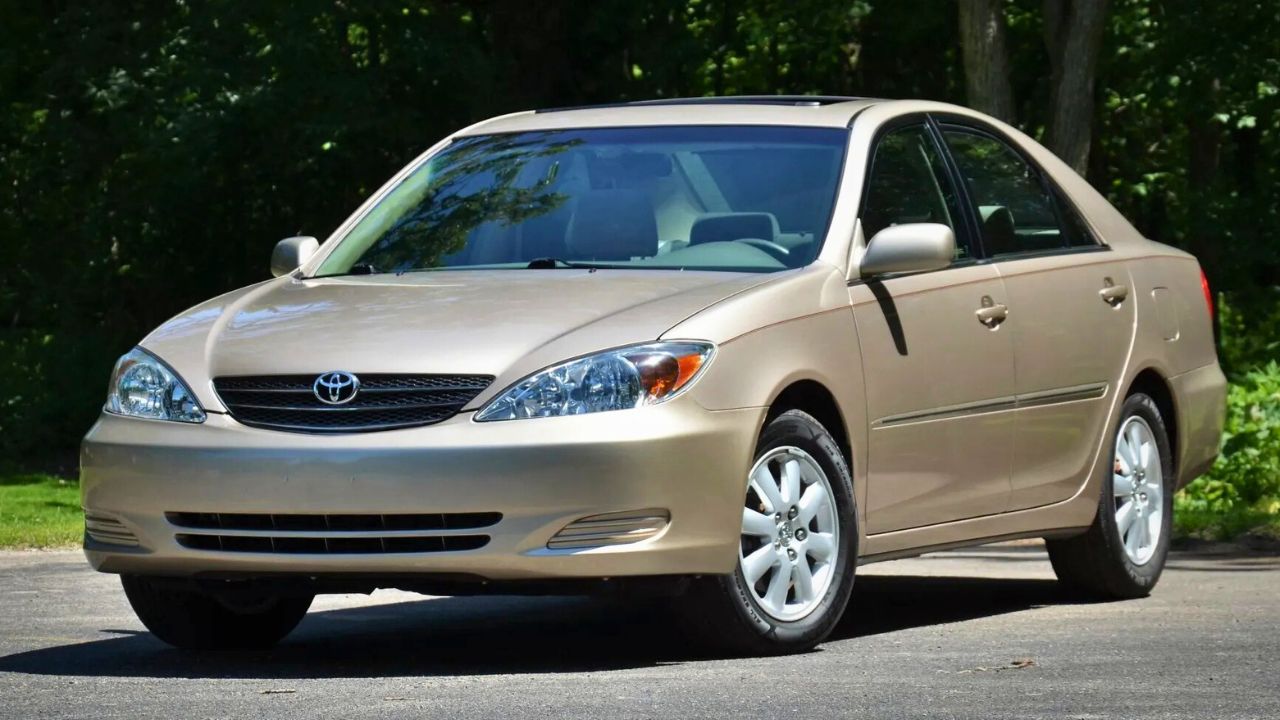
If you’ve ever rented a car or asked your uncle what he drives, odds are the answer was a Camry. The 2002 model came with either a 2.4L four-cylinder making 157 hp or a 3.0L V6 with 192 hp. Both were dependable and as exciting as a cup of decaf.
Toyota sold over 430,000 Camrys in 2002 alone, which says a lot about how well it did its job—and how little it tried to do anything else. Soft suspension, beige interiors, and forgettable styling made it the ultimate transportation appliance.
1998 Ford Taurus – Fleet Favorite Fatigue
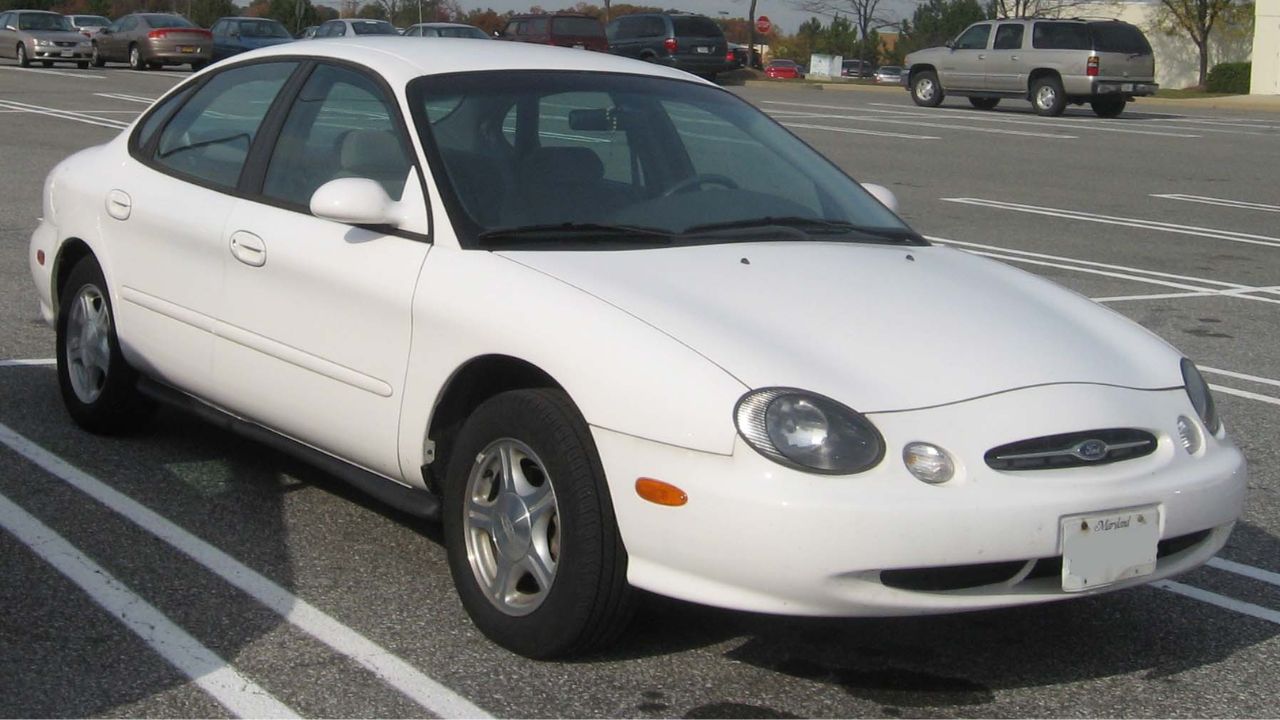
By 1998, the Taurus had fully transitioned from family car hero to fleet car filler. It came with a 3.0L V6 good for 145–200 hp depending on the trim, and a body shape best described as an oval on wheels.
Most buyers ended up with cloth seats, column shifters, and a sense of resignation. Ford moved over 360,000 Tauruses that year, thanks mostly to fleet and rental sales. It did the job, but nobody bragged about owning one—or remembered much about it once it was gone.
2007 Chevrolet Malibu – Peak Meh
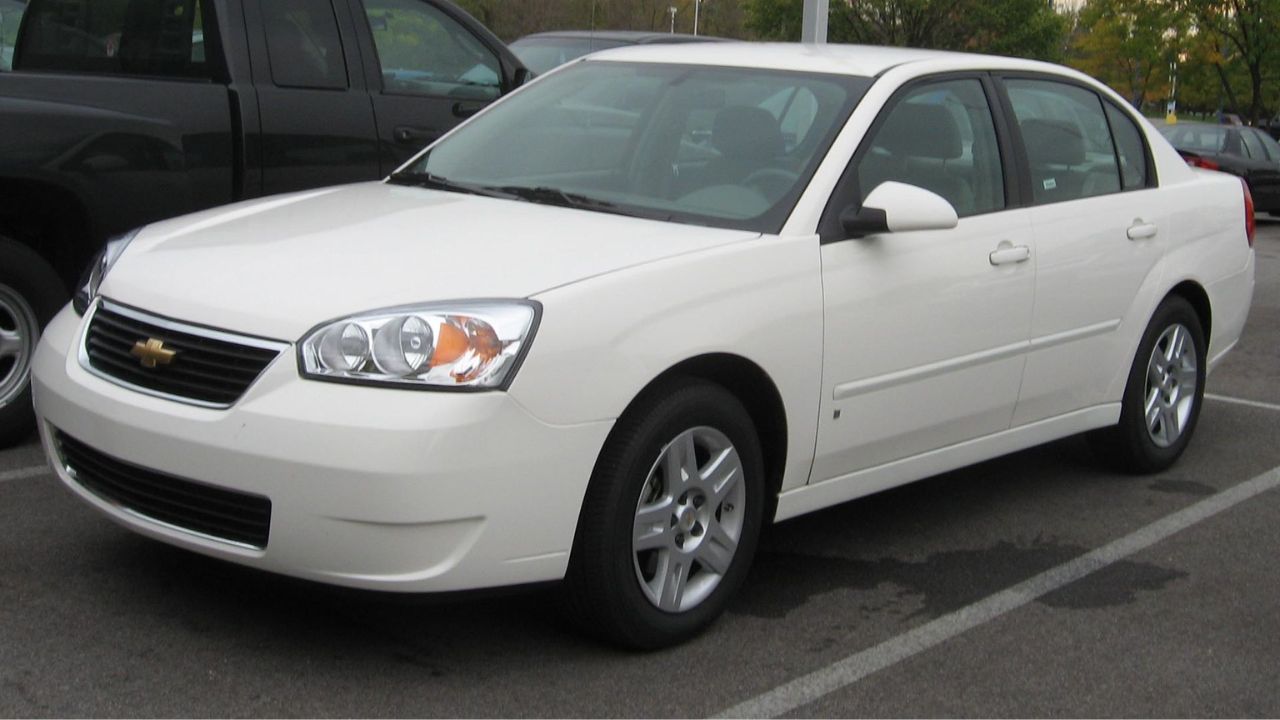
The 2007 Malibu wasn’t offensive, it just wasn’t anything. It offered a 144-hp four-cylinder or a 217-hp V6 and rode on GM’s Epsilon platform. It did all the basics: it started, it drove, and it didn’t make much noise doing either.
The interior felt dated even when new, with heavy plastics and seats that flattened out after an hour of driving. Chevy sold around 226,000 units in 2007, mostly to buyers who didn’t want to think about their car more than absolutely necessary.
1995 Dodge Spirit – Unspirited in Every Way
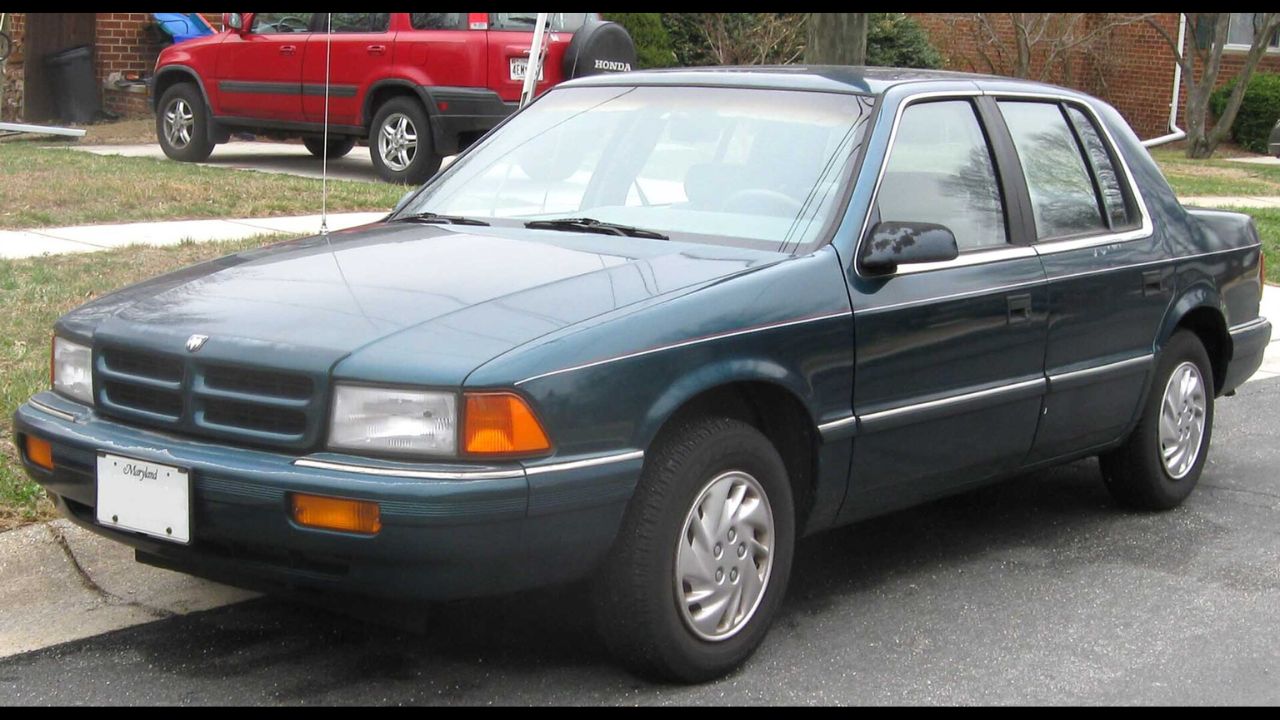
Despite the name, there wasn’t much “spirit” in the 1995 Dodge Spirit. It came standard with a 2.5L four-cylinder making just 100 hp, though a V6 was optional. Either way, it drove like a car built purely to hit a price point.
The boxy design, flat seats, and barebones controls made it feel like a car built for people who didn’t care about cars. Dodge sold hundreds of thousands of Spirits through its run, and nearly all of them have disappeared without anyone missing them.
2001 Hyundai Accent – Cheap and Forgettable
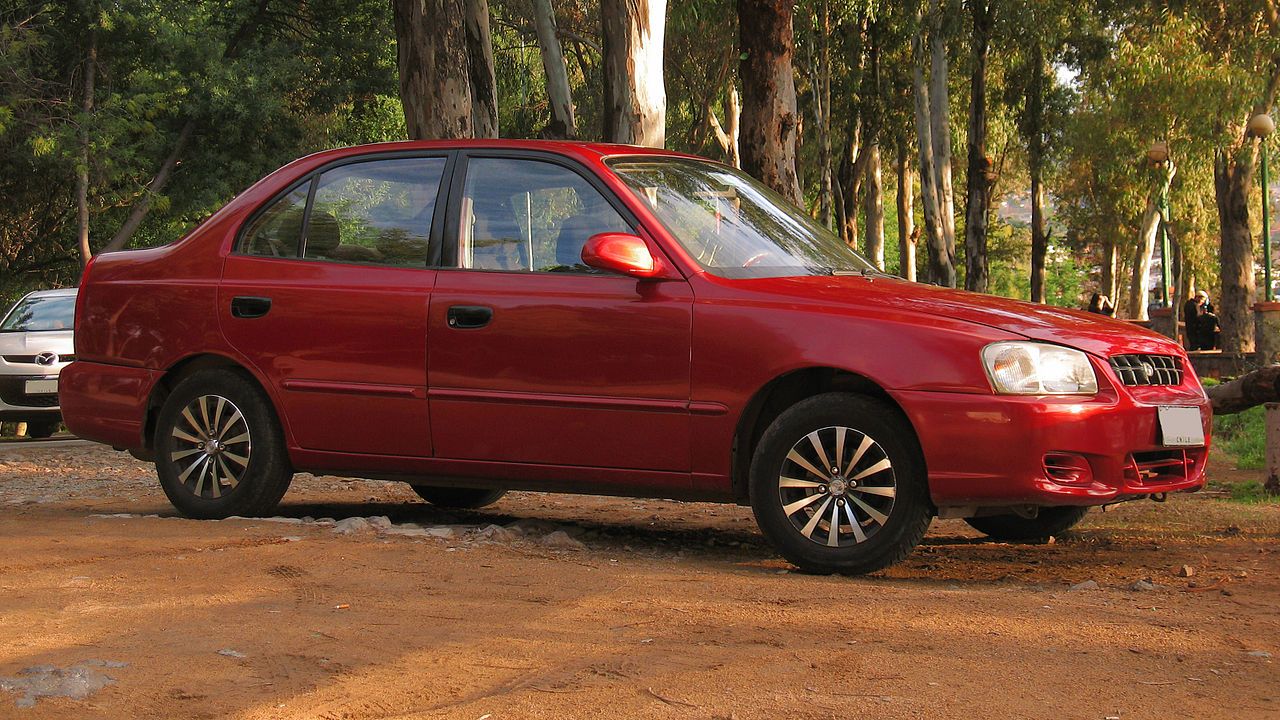
The 2001 Accent had one goal: be cheap. It succeeded, with a base price just over $10,000 and a 1.5L four-cylinder making 92 hp. Acceleration was leisurely, and handling was best described as functional.
Inside, the materials were thin, the noise levels high, and the driving feel nonexistent. Hyundai sold over 100,000 Accents that year, thanks to buyers looking for new-car warranties at used-car prices. It got you from point A to B, but no one ever looked back once they arrived.
2010 Nissan Sentra – The Beige Experience
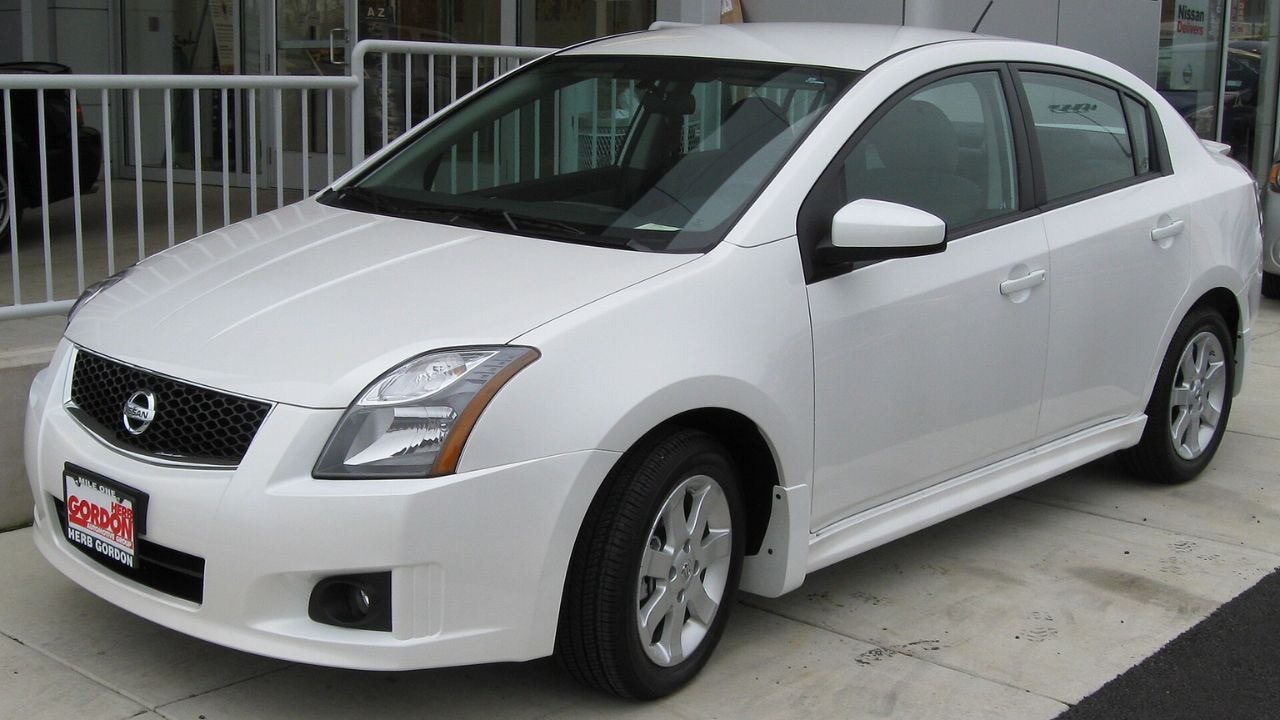
By 2010, the Nissan Sentra had settled into full commuter mode. The base 2.0L engine made 140 hp and was usually paired with a CVT that sucked the life out of any potential fun. Styling was conservative enough to blend into any parking lot, anywhere.
Nissan sold about 94,000 Sentras in the U.S. that year. Interior trim was functional, with hard plastics and basic features, even in higher trims. It wasn’t built to inspire—it was built to transport, and it did exactly that. Just don’t expect it to do much else.
1990 Buick Century – Grandma’s Highway Car
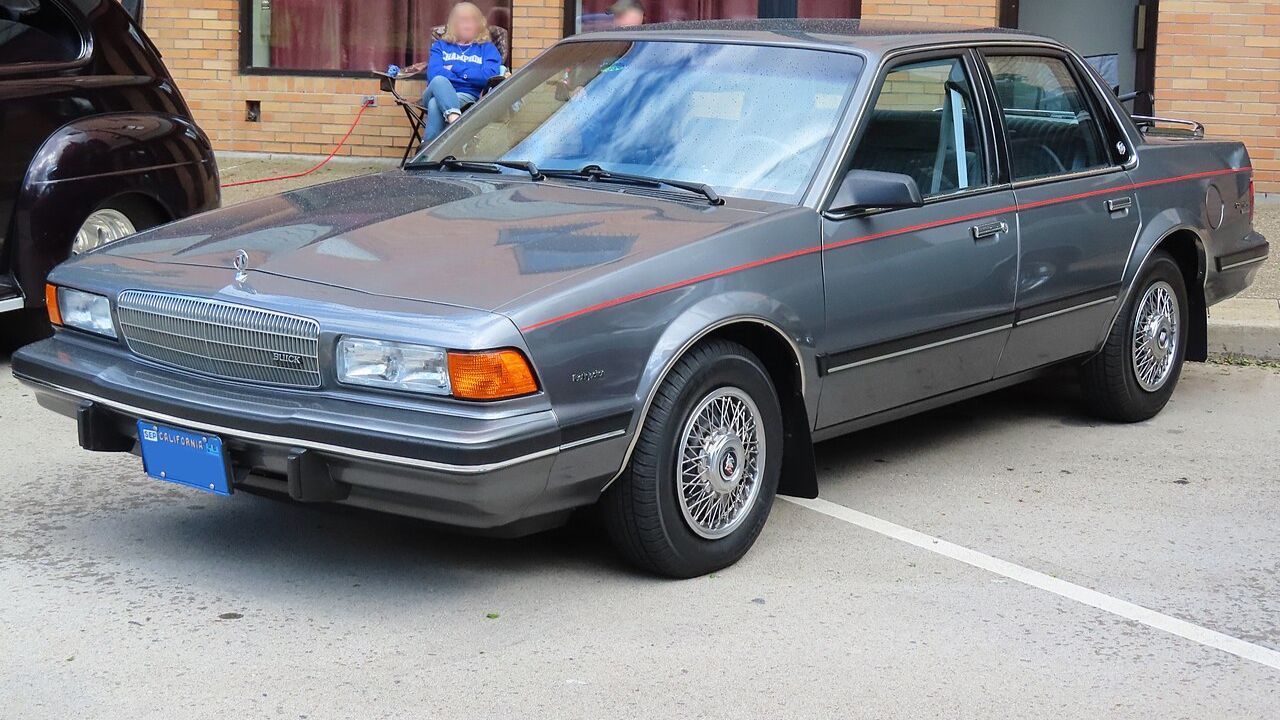
The Buick Century in 1990 was the definition of low-expectation motoring. It came with a 3.3L V6 making 160 hp, a soft ride, and pillow-top seats that made you feel like you were riding in your living room—but not in a good way.
It sold well among older drivers, with Buick moving over 260,000 units in 1990. Reliability was decent, and fuel economy was acceptable, but everything else was tuned for comfort over feel. If you wanted a car that disappeared under you, this was it.
2005 Saturn Ion – Plastic Panels, Paper Personality
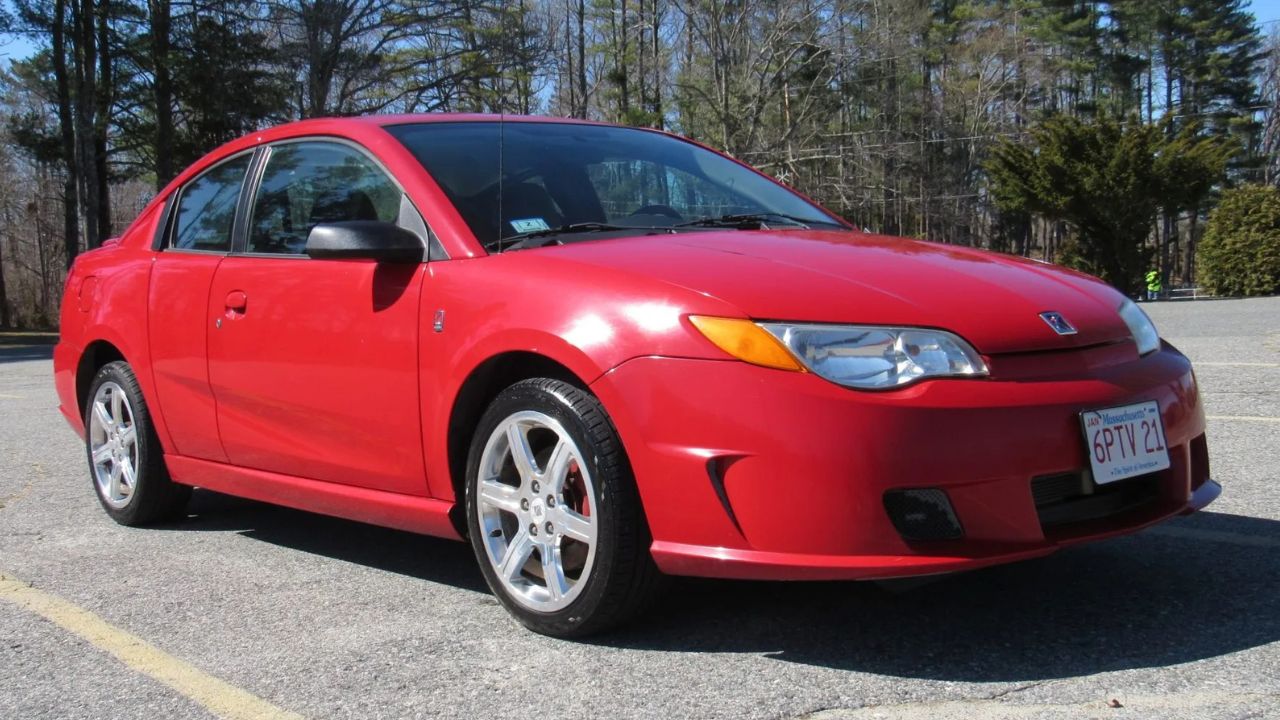
The Ion was Saturn’s attempt to shake up the compact market, but it ended up being one of GM’s dullest efforts. The 2005 model offered a 2.2L four-cylinder with 140 hp and an odd center-mounted instrument cluster.
Sales weren’t terrible—about 100,000 units in 2005—but the car was let down by numb steering, awkward ergonomics, and cheap interiors. The Ion was supposed to be forward-thinking but instead felt like an econobox built by a committee afraid to take risks.
1997 Toyota Corolla – The Automotive Wallpaper
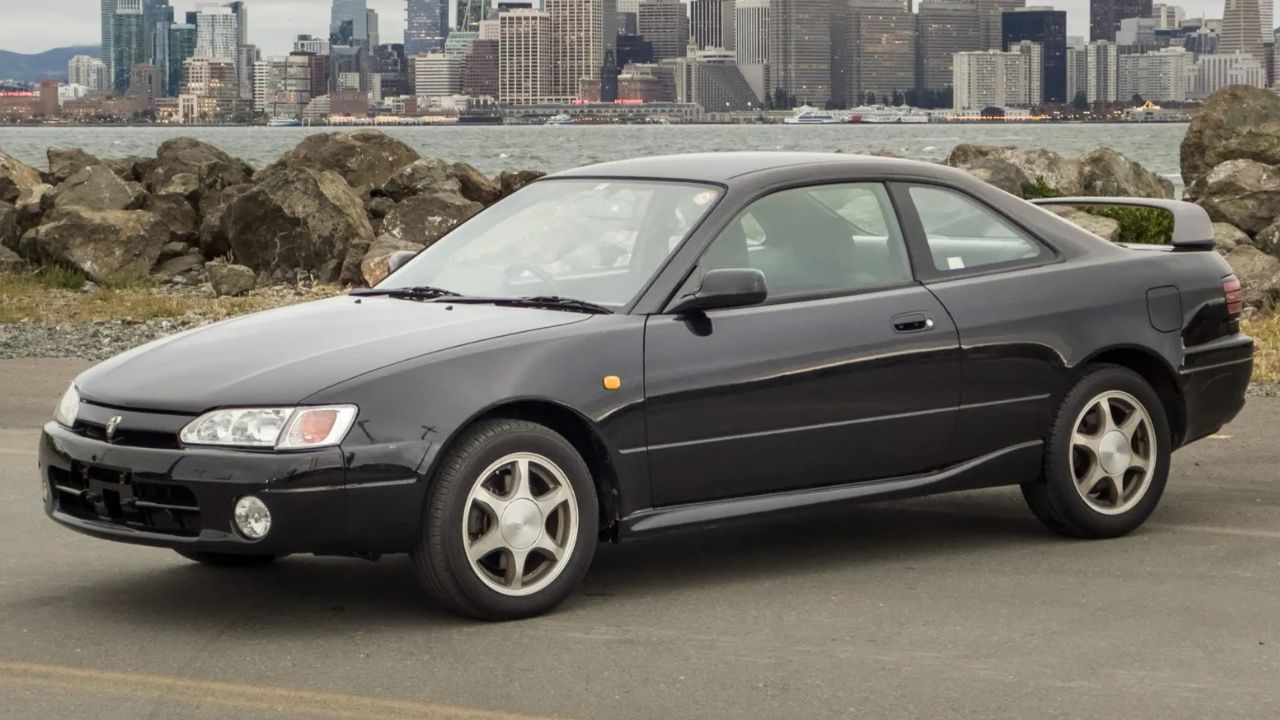
The 1997 Corolla didn’t want to be noticed—and it succeeded. With a 1.8L four-cylinder making 120 hp and a curb weight around 2,400 lbs, it was efficient, quiet, and utterly forgettable.
Toyota moved nearly 230,000 units that year in the U.S. alone. Everything about it felt like it was engineered for minimal fuss. It started every time, handled predictably, and asked for very little. That’s also what made it so boring—you couldn’t even hate it, because that would require an emotional reaction.
2009 Chevy Aveo – Built to Be Basic
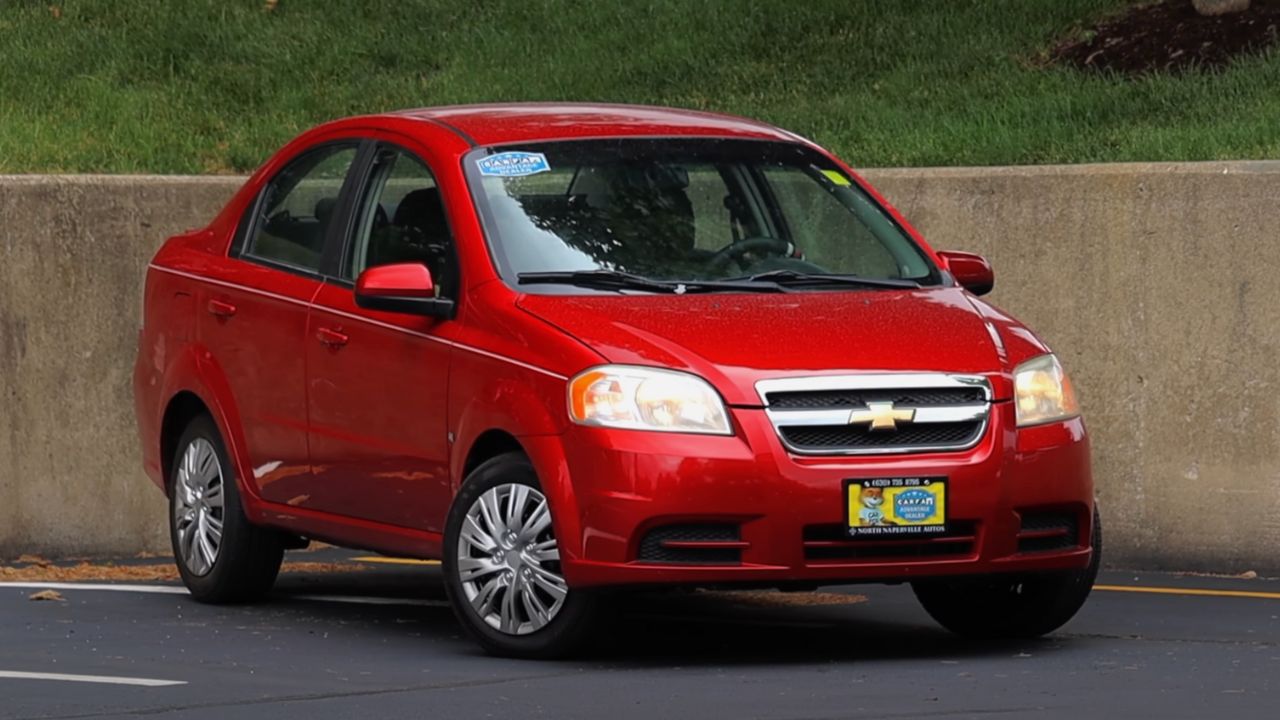
The Aveo was never meant to thrill. Powered by a 1.6L four-cylinder making 106 hp, the 2009 model came with a five-speed manual or a sluggish four-speed auto. It was one of the cheapest new cars you could buy at the time.
Interior space was tight, the ride was harsh, and the build quality left plenty to be desired. Chevy still managed to sell over 38,000 Aveos in 2009, mostly to budget-conscious buyers. It got the job done, but you’d never call it memorable—unless you’re remembering how eager you were to trade it in.
Like what you read? Here’s more by us:
*Created with AI assistance and editor review.

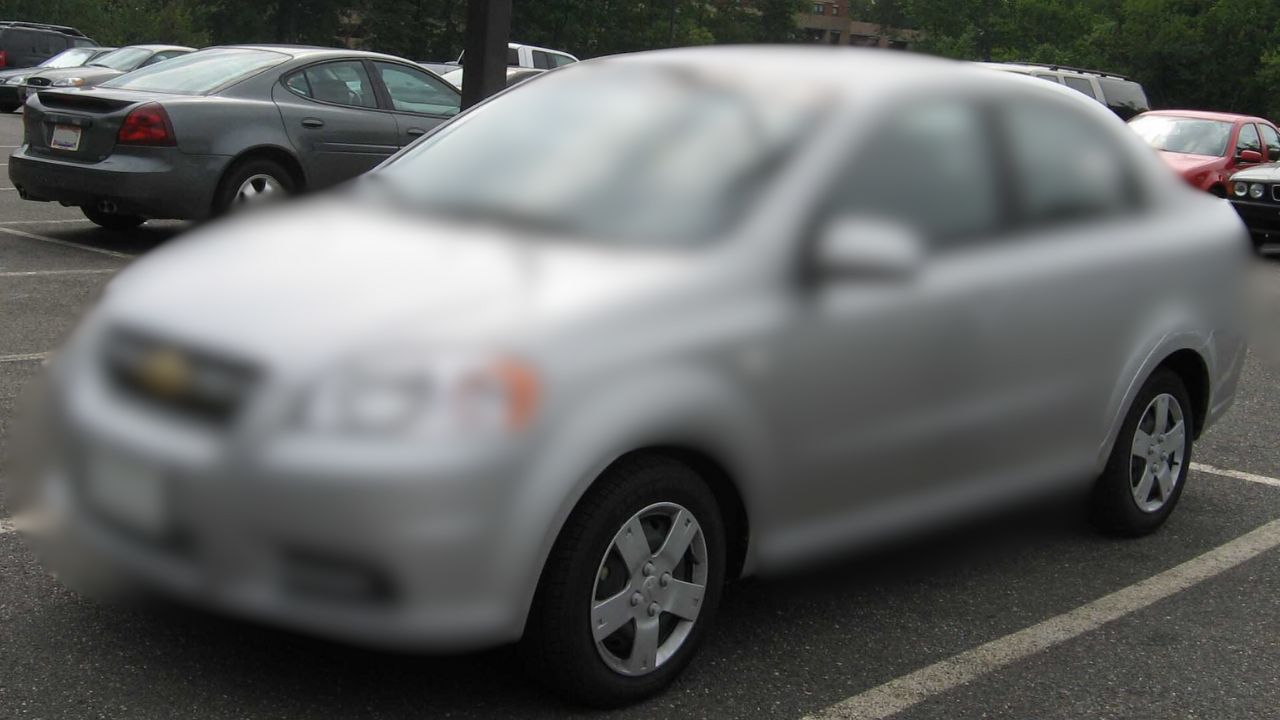
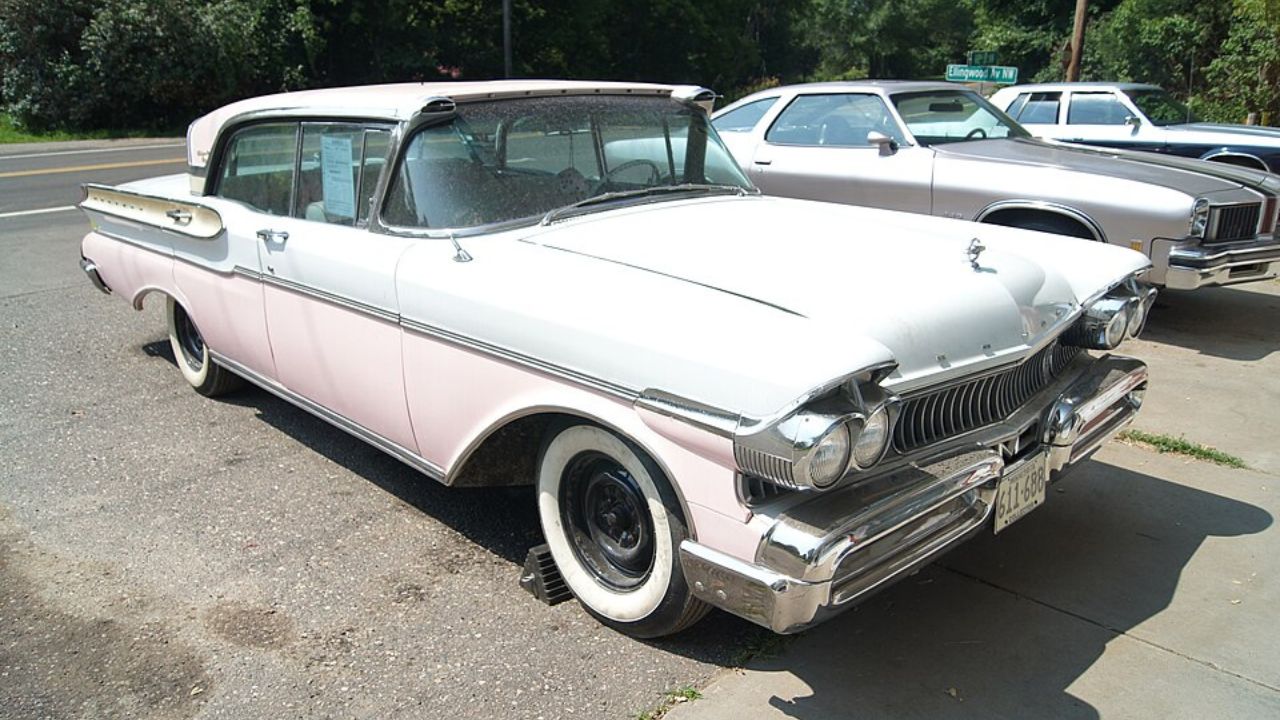
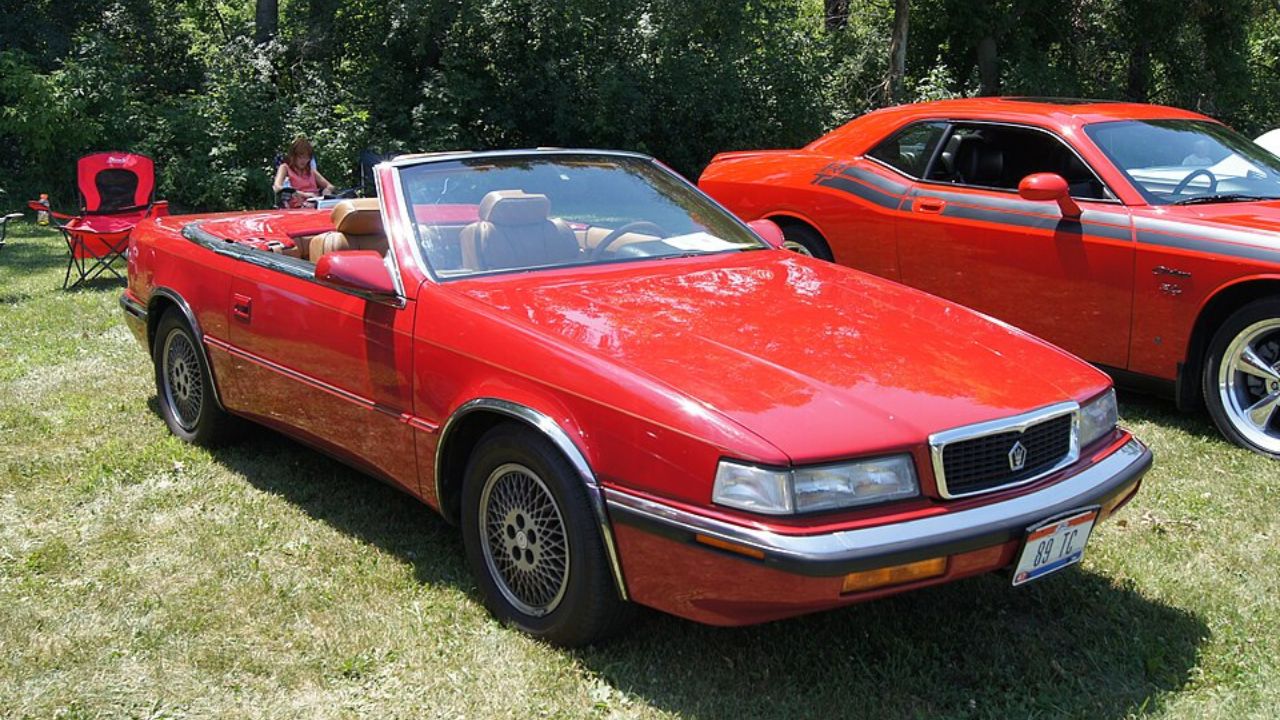
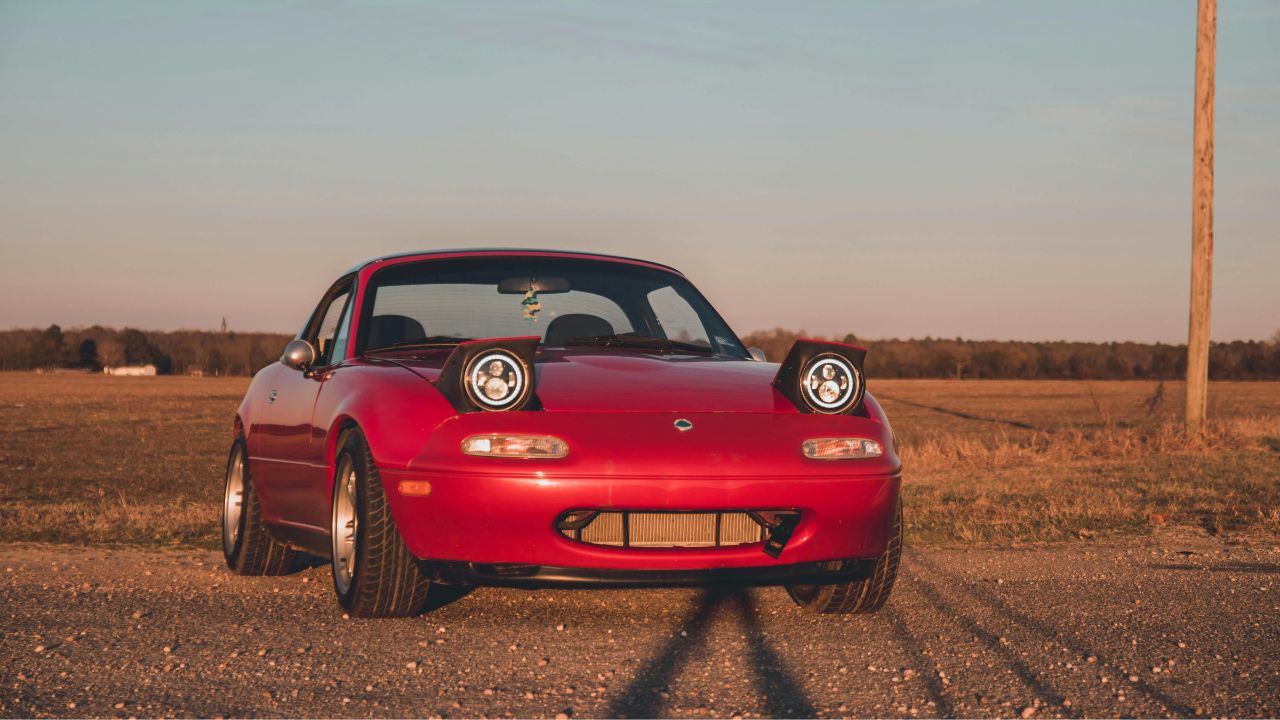
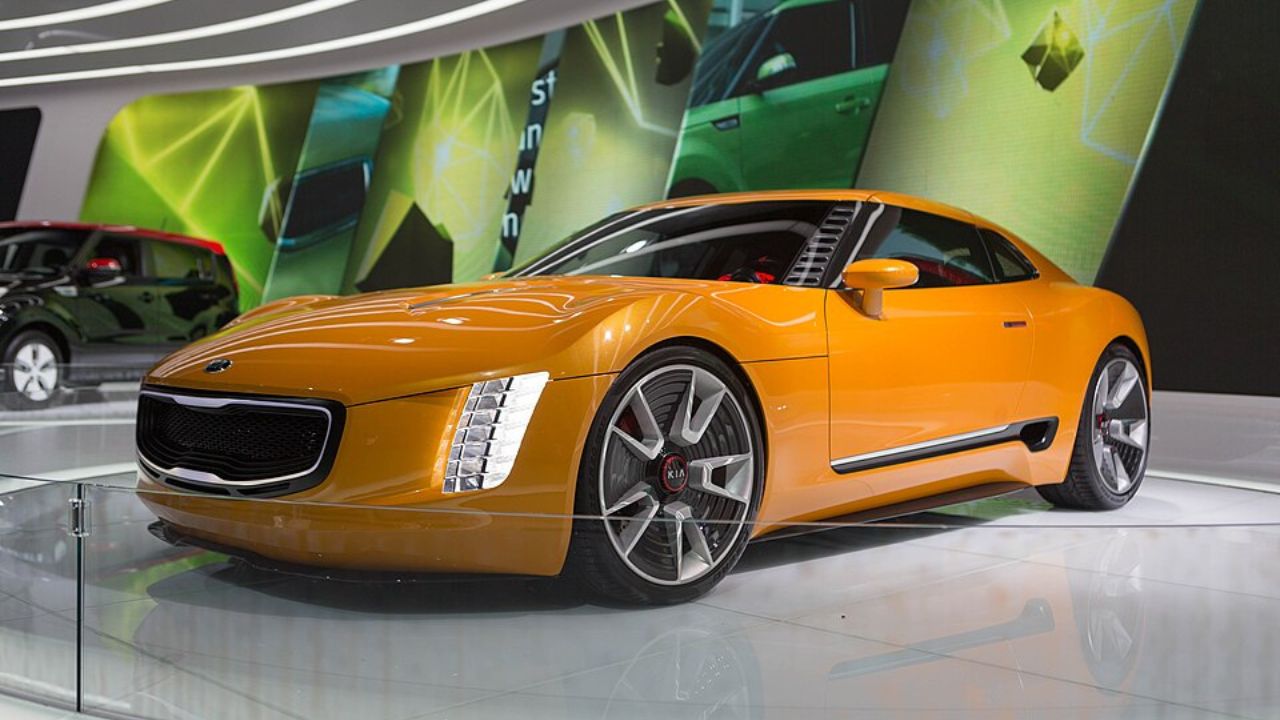
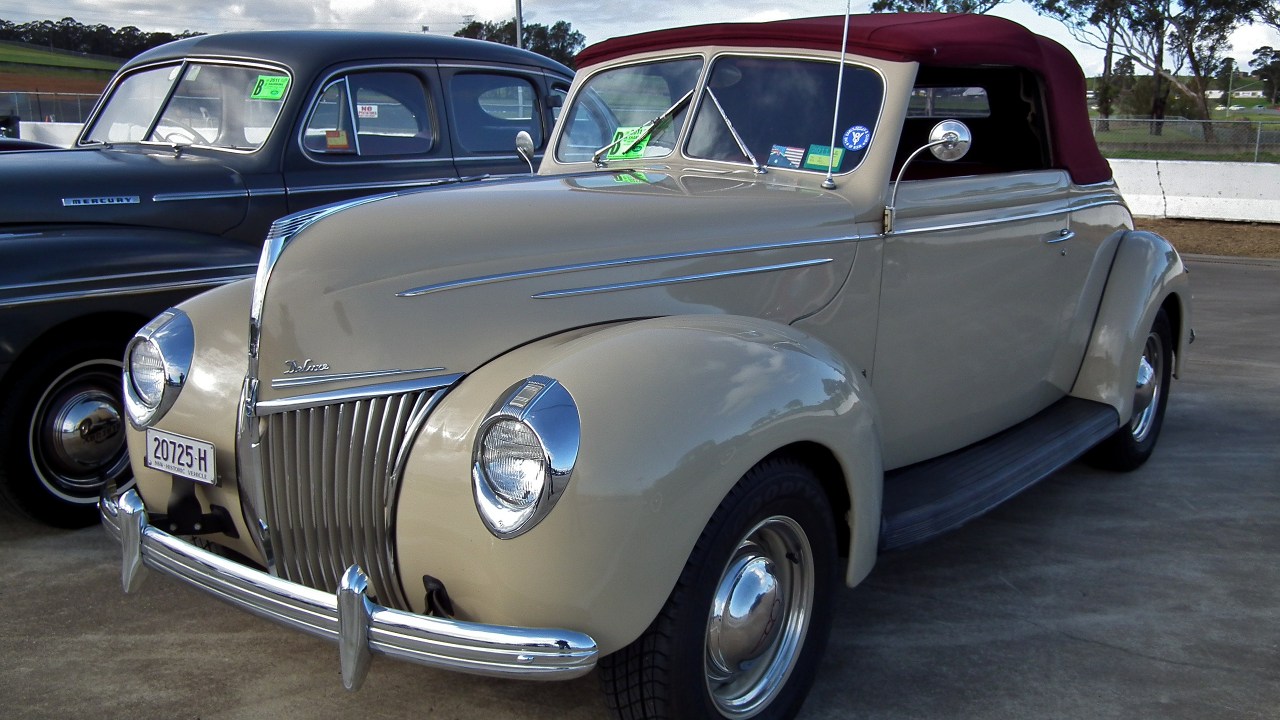
Leave a Reply